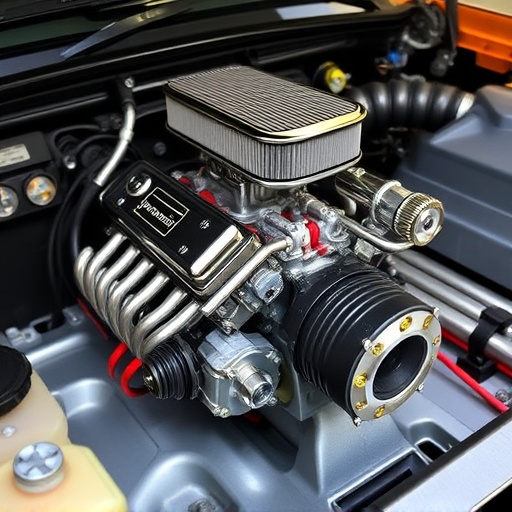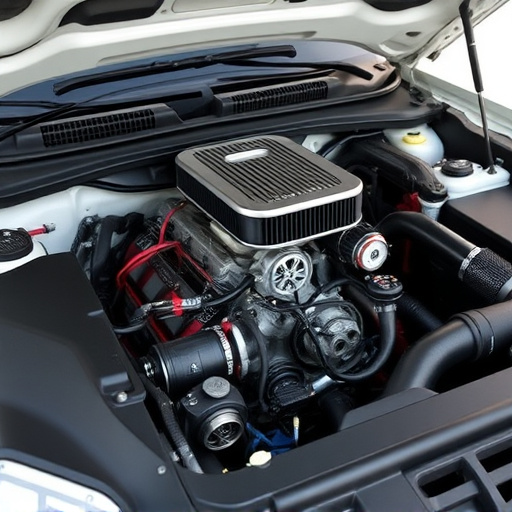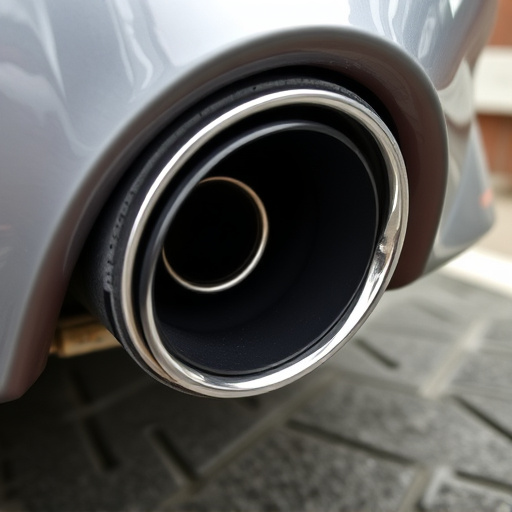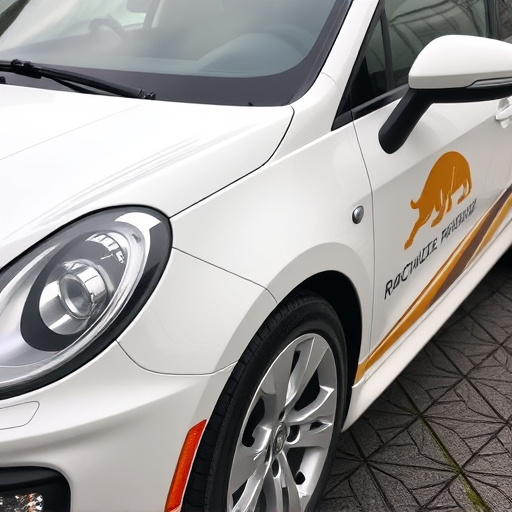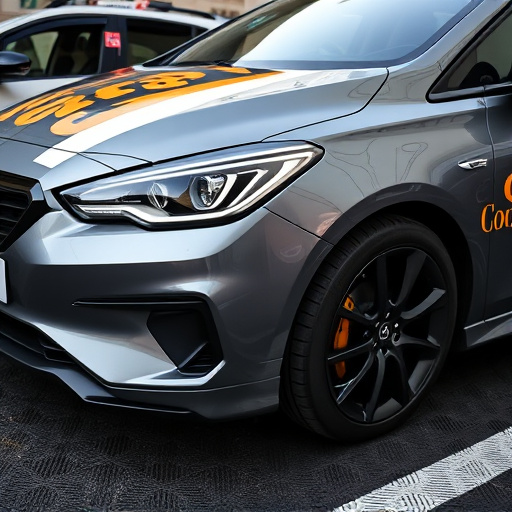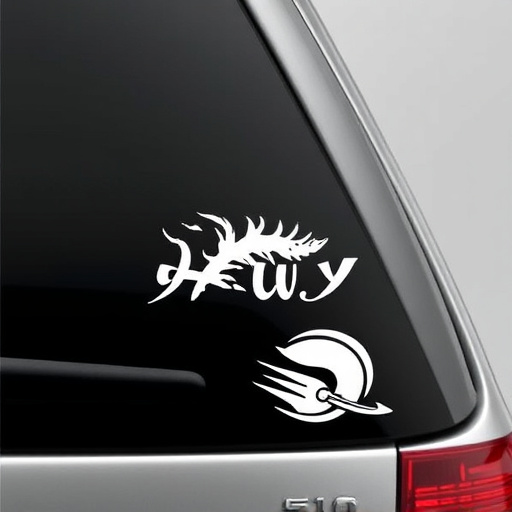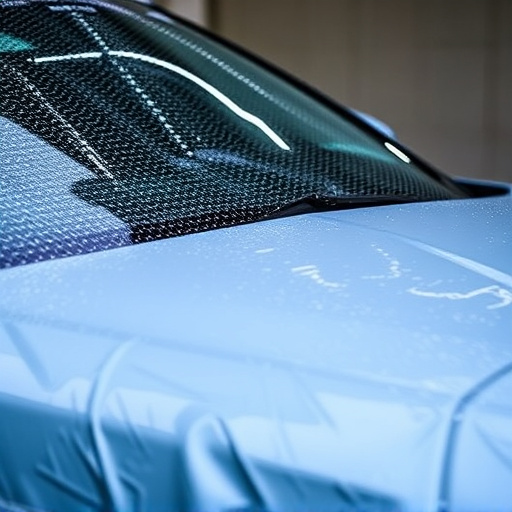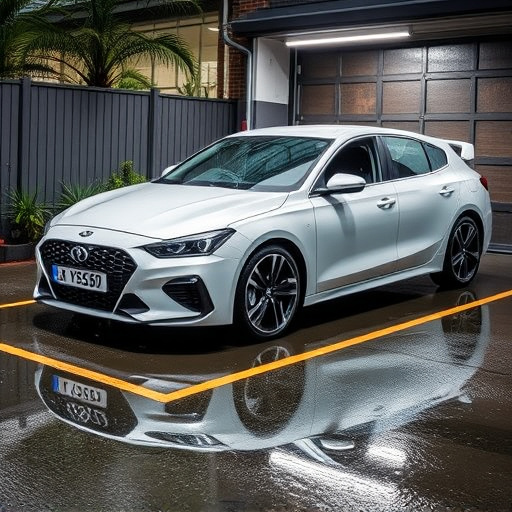Swirl marks on car paint, caused by various factors, require tailored removal techniques based on paint type and age. Older paints respond well to chemical solutions, while newer coats may need abrasive methods or specialized polishes. Preventative measures include using protective coatings, washing gently with pH-balanced detergents, parking in shade, and consulting professionals for intricate finishes.
Tired of unsightly swirl marks on your painted surfaces? This comprehensive guide offers effective solutions for removing these blemishes from all paint types. We delve into the science behind swirl marks, exploring their causes and various classifications. Next, we present tailored removal methods for different paint finishes, ensuring optimal results. Additionally, discover preventative measures to keep your paints swirl-mark free. Say goodbye to unsightly streaks and embrace a flawless finish!
- Understanding Swirl Marks: Causes and Types
- Effective Removal Methods for Different Paint Types
- Preventing Future Swirl Marks: Tips and Best Practices
Understanding Swirl Marks: Causes and Types
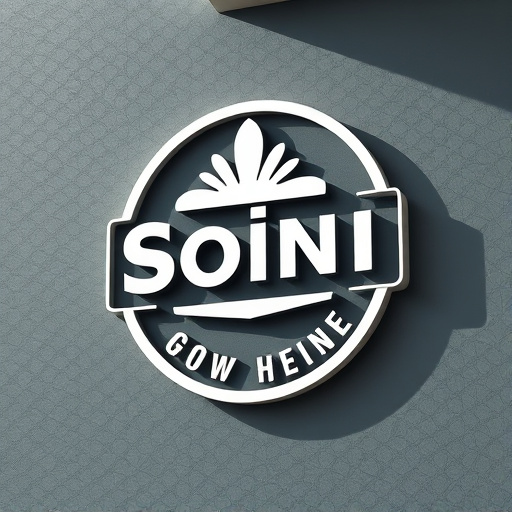
Swirl marks, also known as swirl scratches or swirls, are a common issue that can appear on vehicle paintwork due to various reasons. These marks are caused by minor dents or indentations in the paint surface, creating a swirling pattern that resembles a whirlpool. The primary culprits behind swirl marks include car washing techniques, improper polishing, and contact with harsh chemicals or debris.
There are several types of swirl marks, each with its own distinct characteristics. They can range from shallow scuffs to deep, embedded scratches. Surface swirls are typically caused by gentle rubbing or buffing, while more severe swirls might be a result of stone chips or other hard objects scratching the paint. Understanding these causes is key when it comes to effective swirl mark removal, which often involves specialized tools and techniques designed for different paint types, including those protected with paint protection film or scratch protection layers offering added UV protection.
Effective Removal Methods for Different Paint Types
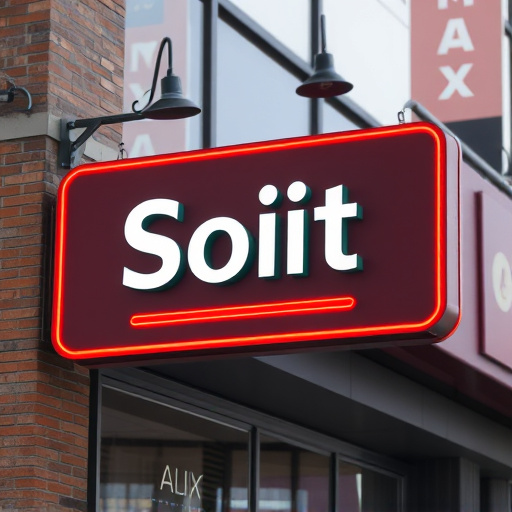
Swirl mark removal can be a challenging task for car owners, especially when dealing with various paint types. The effectiveness of removal methods varies significantly based on the type and age of the paint. For older paints, chemical solutions often work best. These solutions gently etch the surface to lift the swirl marks without damaging the underlying coat. However, newer, harder coats require more careful treatment; abrasive techniques or specialized polishes are typically more suitable.
When it comes to specific materials like vinyl wraps, heat rejection films, and car customization finishes, additional considerations come into play. Vinyl wraps, known for their durability, may need a combination of chemical cleaners and heat application to effectively lift swirl marks. Heat rejection films, designed for improved cooling performance, can sometimes be sensitive to aggressive polishing methods; light sanding followed by careful polishing is often the preferred approach. Car customization finishes, which range from clear coats to metallic paints, often demand precision tools and techniques to avoid damaging the intricate designs they showcase.
Preventing Future Swirl Marks: Tips and Best Practices
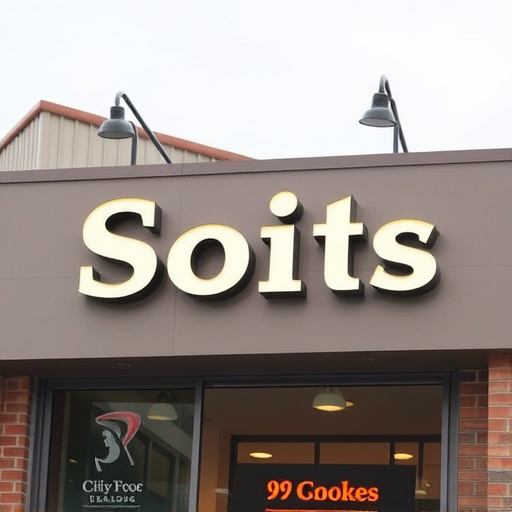
Preventing Future Swirl Marks: Tips and Best Practices
When it comes to swirl mark removal, a proactive approach is just as important as an effective solution. To avoid future swirl marks, start by understanding that prevention is key. Always use high-quality paint protection products like waxes or sealants designed to safeguard your paintwork from environmental pollutants and UV rays. These barriers create a protective layer, shielding the paint from debris and harsh sunlight, which are common causes of swirl marks. Regularly washing your vehicle with mild, pH-balanced detergents and microfiber towels is another essential practice. Be mindful not to scrub too hard, as this can cause microscopic scratches that lead to swirl marks over time.
Additionally, park in shaded areas when possible to minimize direct sunlight exposure. If you’re planning a long drive, consider stopping at regular intervals to allow the sun to naturally fade any existing swirls before they set completely. For those with custom graphics or intricate vehicle enhancements, take extra precautions during washing and detailing. Use dedicated cleaning products formulated for these specific finishes, and consult professional detailers who specialize in UV protection for long-lasting results.
Swirl marks, an unsightly issue on any painted surface, can be effectively addressed through a thorough understanding of their causes and appropriate removal methods tailored to different paint types. By employing the right techniques, as discussed in this article, you can achieve a flawless finish. Remember, preventing is key, so adopting best practices to avoid future swirl marks will save you time, money, and ensure your painted surfaces remain pristine for years to come. For effective swirl mark removal solutions, these strategies offer a comprehensive guide for all paint types.


